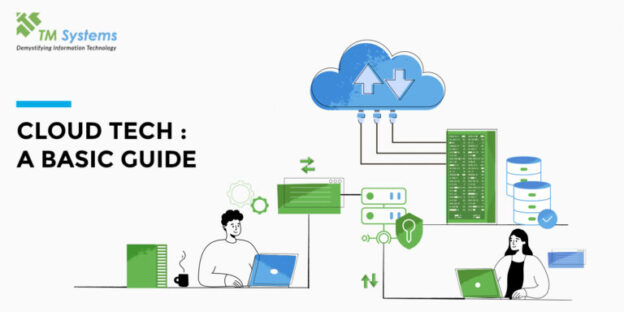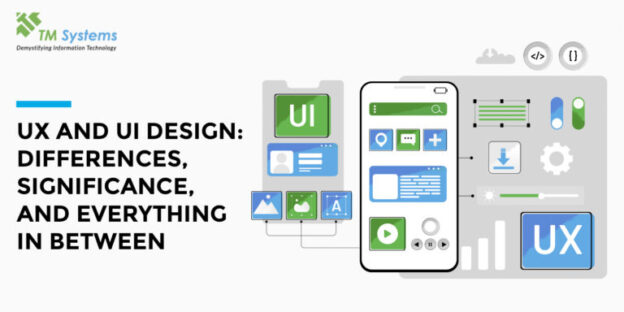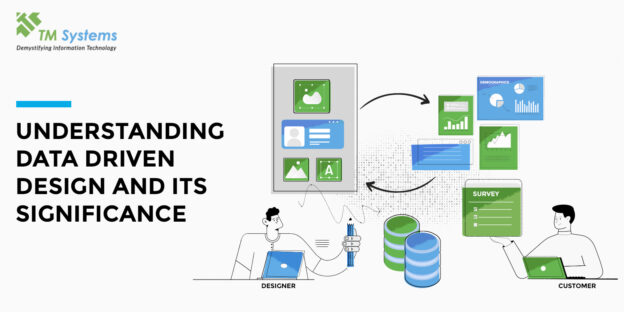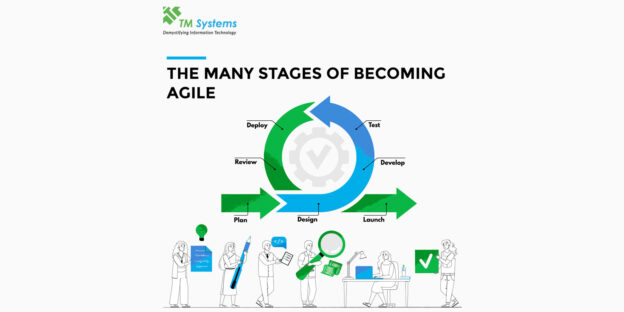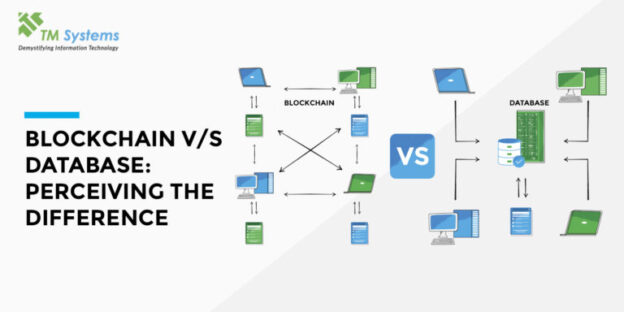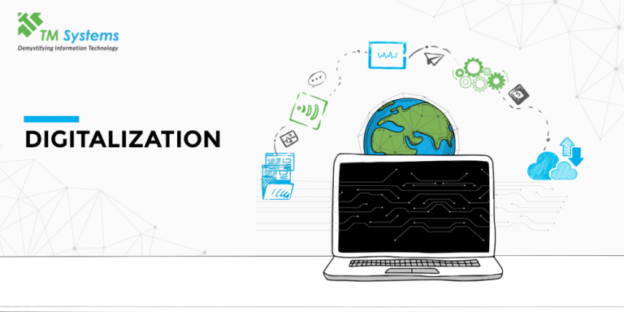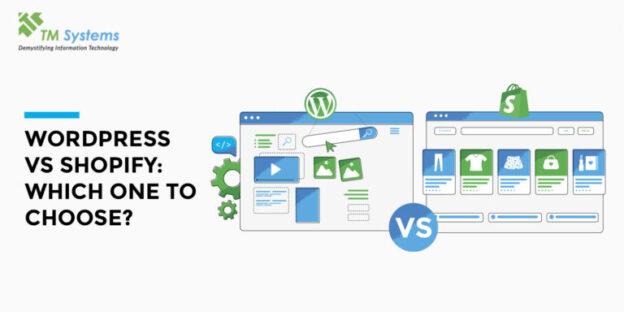Business, all over the world, has a new modern pace now – modern business models are scaling up faster, use different kinds of resources, and have an efficient edge to them.
To keep up with this pace of modern business – one of the things that is turning into a priority for existing business companies is cloud transformation. Existing companies of any scale and from all kinds of fields are considering or in the process of moving to the cloud.
However, what does moving to the cloud really mean?
Cloud transformation is a process of moving your business from local servers into cloud servers that exist in data centres around the globe. It involves migrating all the applications, software, and data that your business might be using to exist and run on the cloud instead of computers. The scale and extent of cloud transformations vary according to the end goals you wish to achieve for your business.
Tech experts have long predicted the accelerated rise of cloud transformations and the Covid pandemic has fuelled it further. As companies started remote work with most of their employees, cloud servers and cloud computing gained even more popularity.
Why move to the cloud?
Cloud transformations have become a necessary step as one’s business grows. Many companies are opting for cloud-based services to make their business operations more efficient and slowly phase out of IT infrastructure. Cloud-based services are a great alternative as they offer more efficient delivery systems, interaction with customers or other businesses and day-to-day operations.
Here are some of the benefits of moving your business to the cloud:
1. Data-storage and sharing
One of the biggest changes when your business will undergo a cloud transformation would be the way you store data and share it with your customers and other businesses. However, at the same time data security is also one of the biggest worries associated with it.
2. Flexibility and scalability within your organisation
Flexibility in scaling your business is another major benefit of switching to cloud computing – it allows you to scale up or down depending on your circumstances and start projects or lessen your workload without worrying about your IT infrastructure.
3. Central network security
While data security is a reasonable worry when it comes to cloud computing, having a central network security system means it is easier to track any issues and also control the same.
4. Accelerated market access
Cloud computing ensures that the access your business has to the market is accelerated hence giving you the option to seize that opportunity if you want.
5. Overall efficiency of day-to-day operations
Research has shown that companies that have moved to the cloud have seen an increase in productivity compared to the ones that still use local servers.
6. Cost-effectiveness
Cloud transformation is shows to reduce IT infrastructure costs by almost 25% – as it directly results in your business requiring less technological gadgets, less staff to manage that technology and less repair or data recovery costs.
These are only some of the benefits of moving to the cloud. This is not to say that there are no challenges on your way to it – however, at the end of the day it saves you money and increases the efficiency of your business. Head on over to our website to know more about how and why you should make the move!
